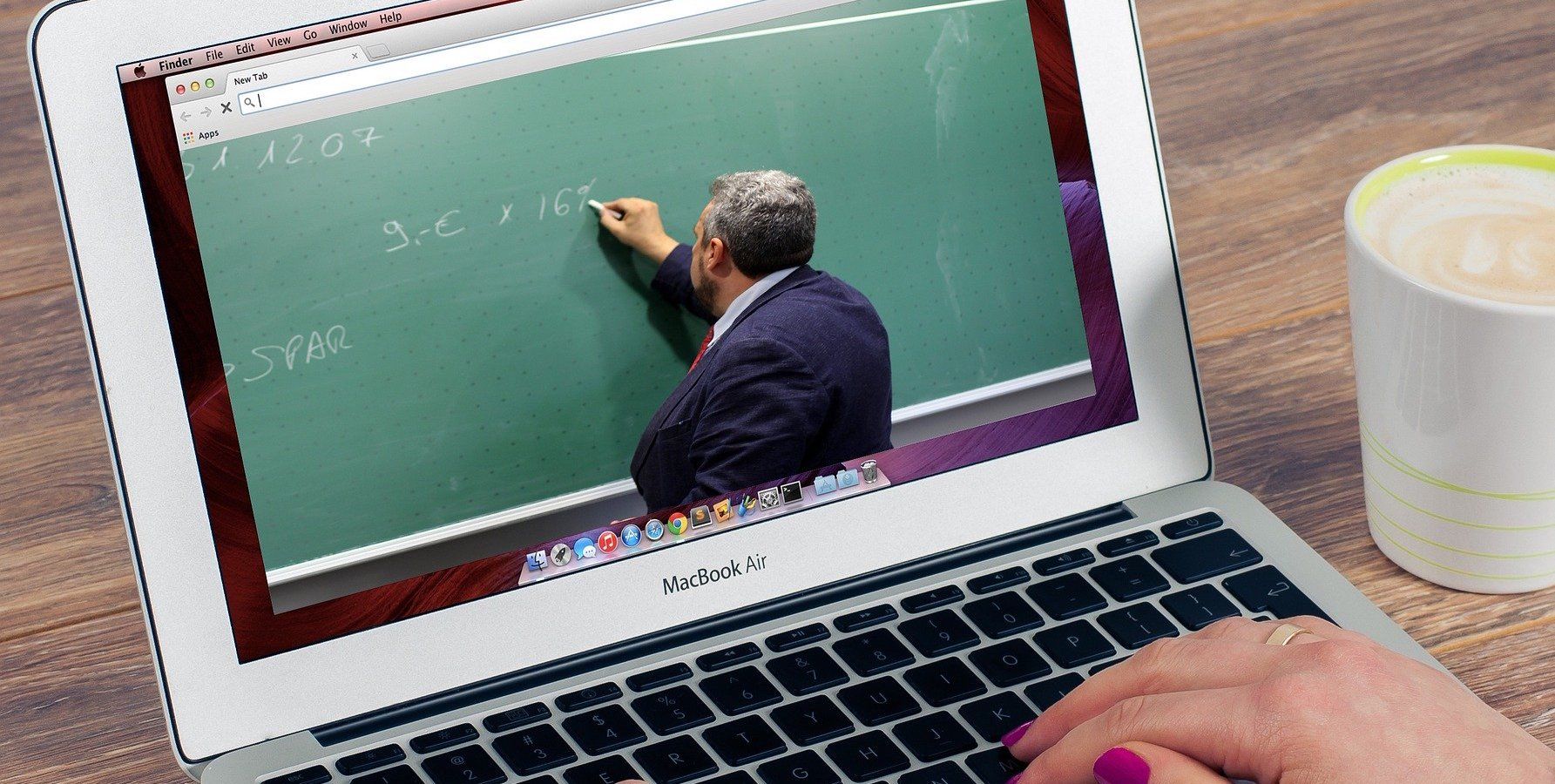Zoom Code of Conduct

A common task at the start of the school year is to create a classroom code of conduct. Often they focus on reminders to be kind, or to clean up any messes that you make. They talk about being respectful and trying your best. However, one thing they've rarely done was talk about when it's okay to turn off your video or mute your mic, two topics that are increasingly important as we continue to look towards many school districts running many (if not all) of their classes online, again. So, as you prepare for the upcoming school year, have you thought about making a zoom code of conduct?
This past April the below tweet went viral. It was relatable — both to teachers and students but also parents and anyone working remotely.
Found the kid playing with her dog instead of Zooming with her teacher. She told me not to worry. She took a screenshot of herself “paying attention,” then cut her video & replaced it with the picture. “It’s a gallery view of 20 kids, mom. They can’t tell.” She is 10. #COVID19
— Angie Maxwell (@AngieMaxwell1) April 15, 2020
In follow-up tweets the author, Angie Maxwell, pointed out that her daughter was paying attention, just not sitting in front of the computer. Her daughter's action of listening (but not viewing), is probably something that many of us can relate to. After all, video calls are often not as engaging as in-class lectures. And unlike in a classroom, it's much more difficult for the person speaking to keep an eye on those attending. It can feel tempting to require that participants turn on their videos to counter this, but there are many (good) reasons why this isn't a great strategy and can backfire.
Strategies for how to teach while over video is a topic all on its own, and not one I'm in a position to give any advice on. However, I wanted to focus instead on a code of conduct for video calls. There often seems to be an assumption that everyone will just know how to act in this new medium, but it's clear from the proliferation of tweets and other social media content that has gone viral, that we're all struggling. Whether it's replacing your video with a picture, or changing your name to "connecting...", students and teachers (and many office workers) are navigating tricky ground.
I came across the tweet below by Torrey Trust today, which lays out a simple set of dos and don'ts for teaching with video calls. It's an excellent starter point when it comes to crafting your own policy for your classroom.
Wondering whether you should require students to turn on their videos during virtual class meetings? Here's an infographic to help you rethink that idea #remoteteaching #edtech #isteten #remotelearning pic.twitter.com/N4XtejoUcj
— Dr. Torrey Trust (@torreytrust) August 8, 2020
I strongly agree with Torrey's stance on not requiring videos to be turned on, and not just for the reasons listed below, but also because they're just so distracting for participants. I find I often end up just watching the videos and then I miss the main content. Oops.
Below are a few additional ideas to consider as you work on this years code of conduct.
- Sit where you like. Were you a fan of flexible seating in your classroom? Let students figure out what configuration works best for them. Each house / setup will be different for a number of reasons (space, portability—laptop vs desktop, who's home, etc).
- Recording your classes. For the first time, it's easier than ever for you to make your classes available to students who miss them, whether it's because of their internet connection drops, limited devices, babysitting duties, etc. Many video programs (like zoom) allow you to do this with one click once you start the call. These can also be great resources for those who did attend, who can re-watch sections later, slowing them down and pausing as they need to.
- Taking screenshots/videos. While recording the lecture to share later is a good idea, you should have a separate discussion around when it is and is not appropriate to for students to take videos or pictures. Grabbing a screenshot of a slide? Sure. Seeing something embarrassing behind another student? Not okay.
- How to ask questions. Depending on the program, there may be ways for students to click a button to indicate to you that they've "raised their hand." Or a chat where they can send in questions. But these can often be easily missed when you're presenting your screen. How and when is it okay for students to interrupt?
- Typos in Questions. Most of us have a different standard for when we write and share work (like this blog post, or an essay, or a report) and when we communicate via texting. When you're writing an essay, there's time to slow down and re-read and edit. But if you're trying to get a question asked in class before the instructor moves on, there may be more urgency to get it asked. And, while many students are very digitally savvy, that often does not translate into accurate or fast typing skills. Is it okay if the use 'u' or 'r' instead of 'you' and 'are'? How will you treat other typos or auto correct moments?
Good luck to all of you who are once again bravely teaching in this new reality (whether it's online or back in the classroom).

